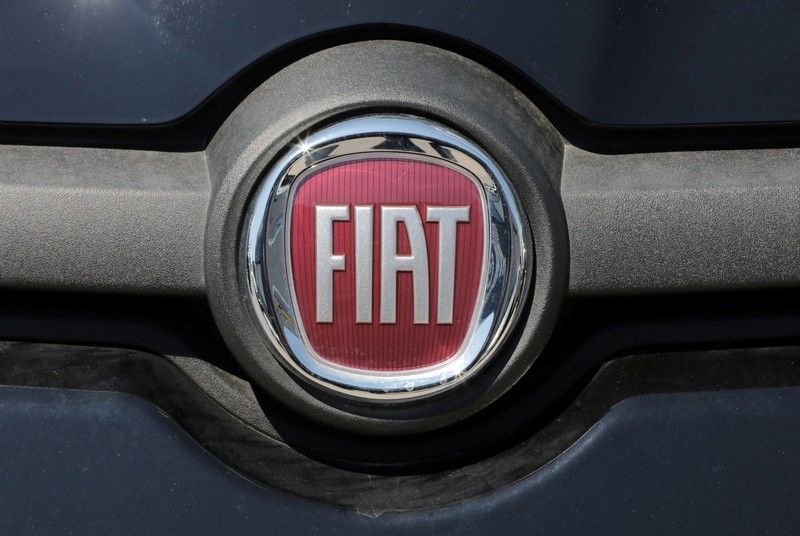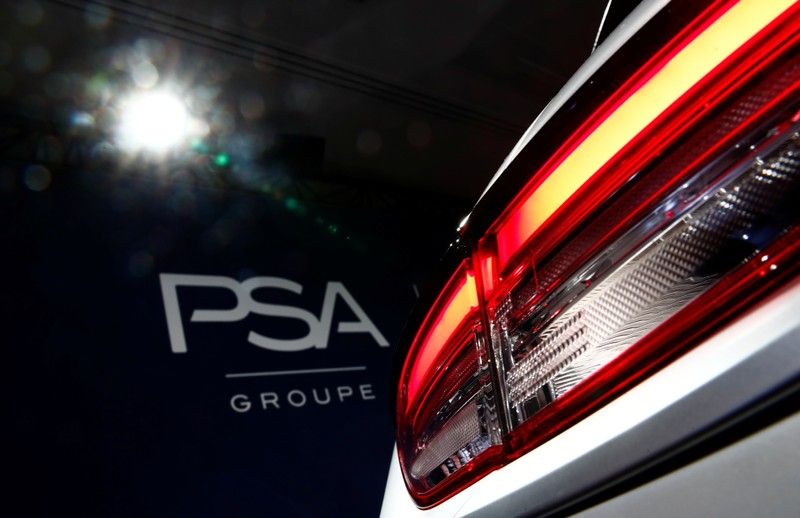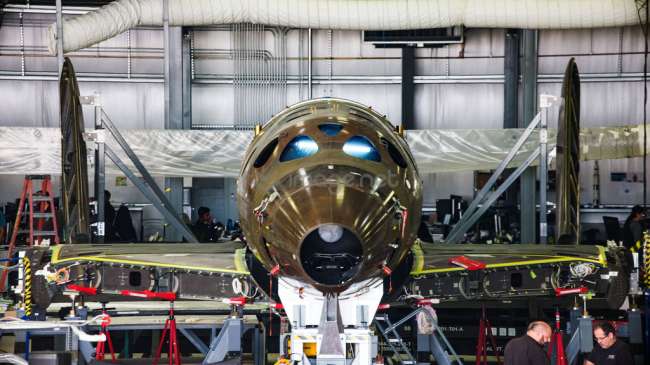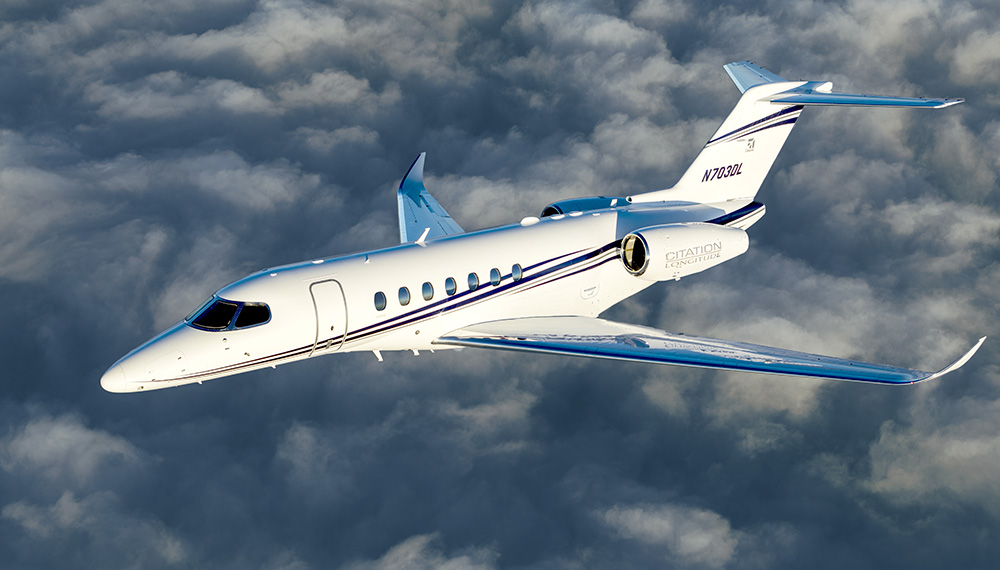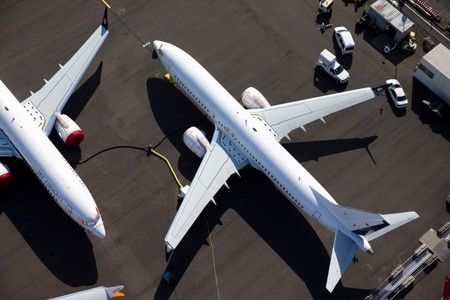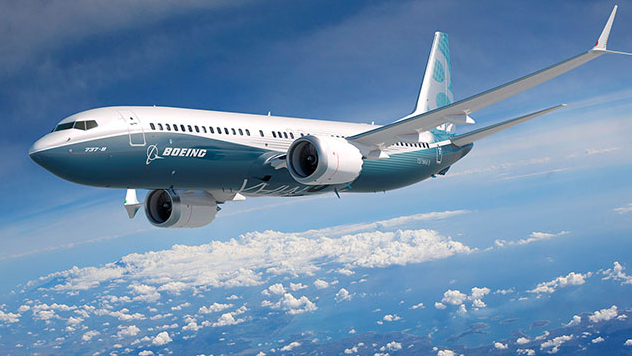
Talgo, together with Scottish Enterprise and Transport Scotland, has signed a jointly agreed framework for the establishment of Longannet, Fife as a manufacturing base for Talgo UK. The agreement is part of arrangements to ensure that Talgo UK will be ready to deliver contracts that Talgo is currently bidding for (and future bids), should the company be successful.
The framework agreement sets out each party’s commitment – to ensure that the proposed multi – million £ factory at Longannet is prepared and delivered at an agreed time and to an agreed specification. This milestone will ensure that Talgo will meet contractual deliverables for the contracts that are being evaluated and proposed.
TALGO is a leading specialised rolling stock engineering company mainly focused on designing, manufacturing and servicing technologically differentiated, fast, lightweight trains.
There are TALGO solutions in 44 countries, and TALGO has an industrial presence in 7 regions, including Spain, Germany, Kazakhstan, Uzbekistan, Russia, the Middle East and the United States. TALGO is renowned worldwide for its innovation, its unique technology, and reliability.
A key part of TALGO UK’s strategy is ‘knowledge transfer’ – building UK domestic capacity for Research and Development. An innovation hub is also planned in Chesterfield. It will act as a focal point for TALGO UK’s Research and Development, bringing together networks of engineering excellence, and creating new opportunities throughout the British Isles.
Talgo President, Carlos de Palacio y Oriol, said: ‘We are committed to Scotland in our bid process. Today’s milestone marks a new phase in an excellent relationship with’ team Scotland. Now let’s get on with securing orders that will bring more jobs and ‘true manufacturing’ of rolling stock back to Scotland’
Executive Director, Scottish Enterprise, Paul Lewis, said: “This Framework agreement is another significant milestone in our work with Talgo, to achieve its ambition of establishing a world-class high value manufacturing facility at Longannet. Scottish Enterprise and our partners are incredibly excited by Talgo’s plans for Longannet, which would deliver 1,000 direct jobs and a host of supply chain opportunities for companies in Scotland’




